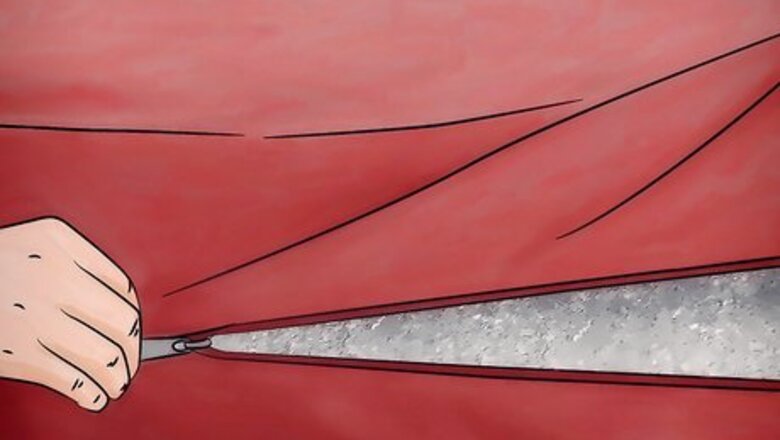
views
Re-Stuffing the Cushions
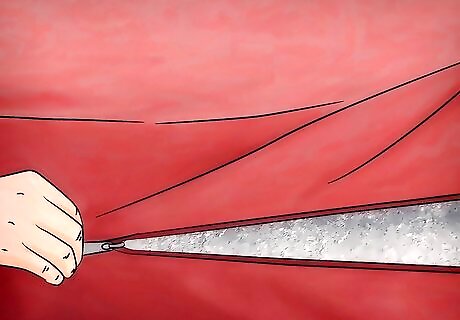
Unzip your cushions. Most sofa cushions, even cushions that are attached to the frame of the couch, have zippers that can be unzipped. Inside, you will see a couch cushion. If your sofa cushions have no zippers, you could open the pillow with a thread cutter.
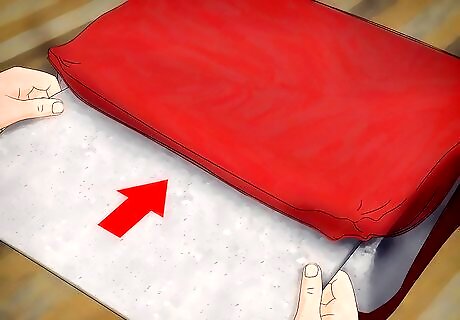
Add more stuffing your couch cushions. You should use either quilt batting or polyester fiberfill. Both polyester fiberfill and quilt batting can be purchased at a craft store or at a large store that sells home goods, like Walmart. Insert more foam, spreading it around to make it smooth and even. You can put it around the current couch cushion but inside the pillowcase. If it is badly worn, you may need to replace the foam. If your cushions are filled with loose stuffing, stuff them with polyester fiberfill. You do not need to take any of the current stuffing out of the pillows. Use your hand to distribute it evenly. If they are more like pillows, you can wrap them with quilt batting. Take the pillow out of the pillowcase and wrap it in the quilt batting. You can use an adhesive spray (purchased at a craft store) to secure the quilt batting to the current pillow. If you have just a cushion inside the pillowcase, you can still add loose stuffing. Spread the polyester fiberfill evenly around the pillow to make sure that the pillow is not lumpy. When you stuff the cushions, use your hand to spread the stuffing evenly around.
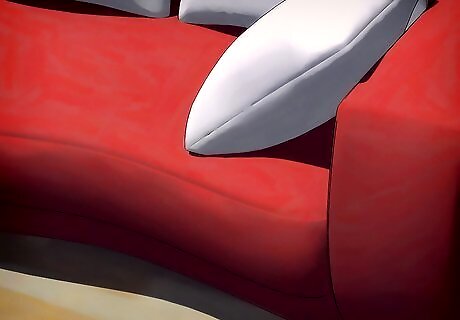
Zip them up again. Put pillows back in the cushion covers and zip. Give them a good fluff and put them back on the couch. They should be plumper, more aesthetically pleasing, and more comfortable. If you opened your pillows with a thread cutter, you should sew the pillow back together again at the end of the stuffing process.
Cinching Cushions with Buttons
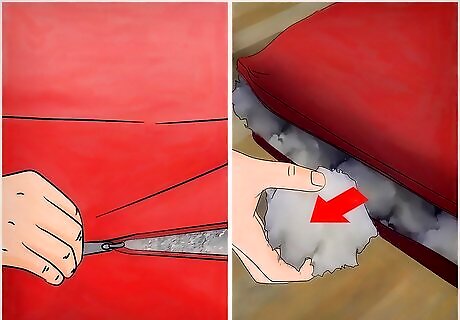
Unzip the cushion. If the cushion does not unzip, open it with a thread cutter. Take out all of the stuffing inside the pillow and set it aside.
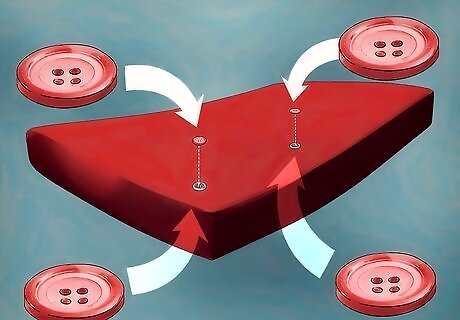
Find a needle, thread, and four buttons. Sew the four buttons onto the sofa cushions, two on the front and two on the back. Use the same piece of thread to sew on all four buttons, so that all four buttons are cinched by the thread. You can also use more or fewer buttons depending on the size of the pillow. A throw pillow might require just two buttons, but a large sofa cushion might require more. Retrace the thread several times over. You want the cinching to be strong between the buttons so that it lasts a long time.
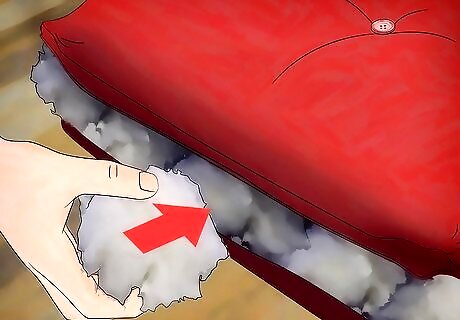
Refill the pillows. Feel free to also add more polyester fiberfill or quilt matting if you desire. Make sure that the padding is evenly and thoroughly distributed inside the cushion.
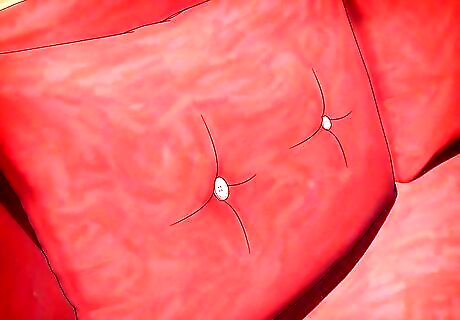
Zip the cushion. Sew it back together, if you used a thread cutter to open the cushion. Fluff the pillow and put it back on the sofa.
Fixing Structural Issues
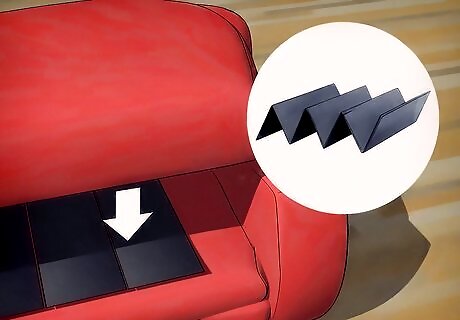
Support your couch cushions. You can buy “sofa savers” for sofas online or at home goods stores like Bed, Bath & Beyond. Put these supports underneath your couch cushions to give them more support and firmness.
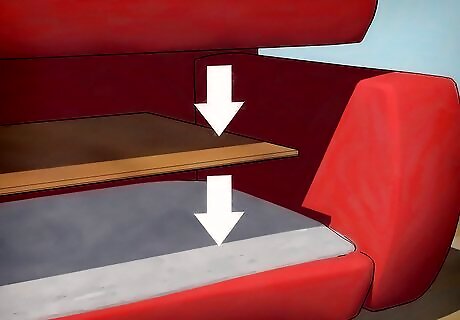
Cut a piece of plywood to fit underneath the sofa cushions. Measure the space underneath the sofa cushions and cut a piece of plywood to those dimensions. Place it underneath the cushions. You will feel more support underneath the cushions, and the couch should sag less.
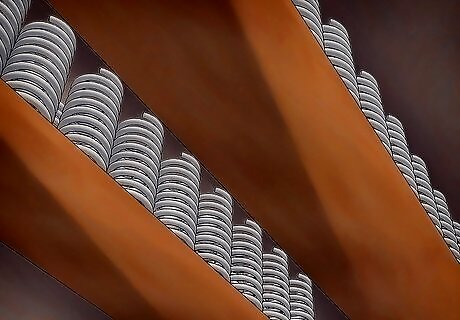
Repair the springs. Flip the couch over and expose the springs underneath the couch. To repair the springs of your sofa, you will need to wear glasses and use a pair of pliers. If you see any springs that are bent out of place (i.e., they look different from the rest of the springs), bend them back with the pliers gently.
Finding Other Potential Solutions
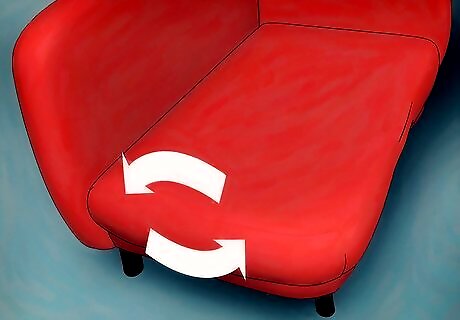
Flip over your cushions often. Flip over your sofa cushions frequently to prevent the stuffing being worn down repeatedly in one place. Move the cushions around on the sofa and flip them over once a week, or every time you clean the house.
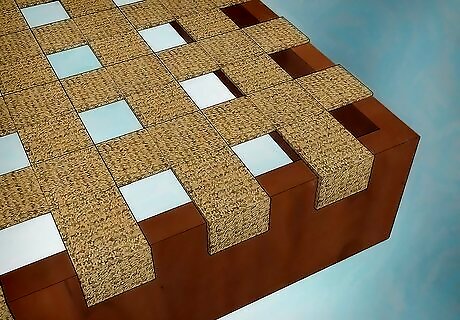
Repair your jute webbing. The jute webbing of your couch is the bottom layer of upholstery. The springs press down on this layer and can make it worn and saggy with frequent use. If your couch is sagging because the bottom layer of upholstery is worn, you should bring your couch to an upholstery expert to repair it. Luckily, this problem is easy to fix for an upholsterer.
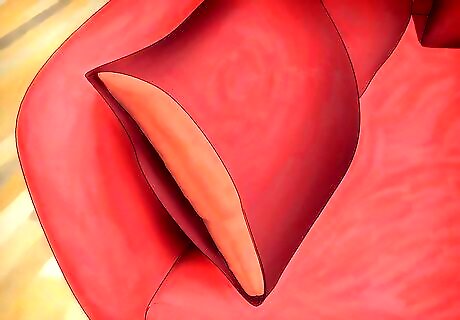
Cover the pillows with a blanket or a piece of fabric. If you don't have the time or resources for any other solution, your sofa cushions will look more full and plump if you cover them with a thick blanket or piece of fabric. You can tuck it into the sides and back of the couch, too.













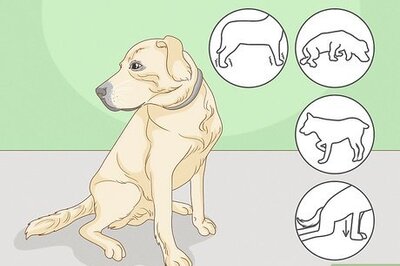
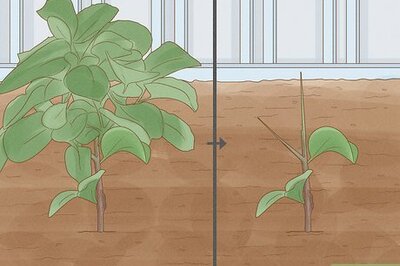




Comments
0 comment